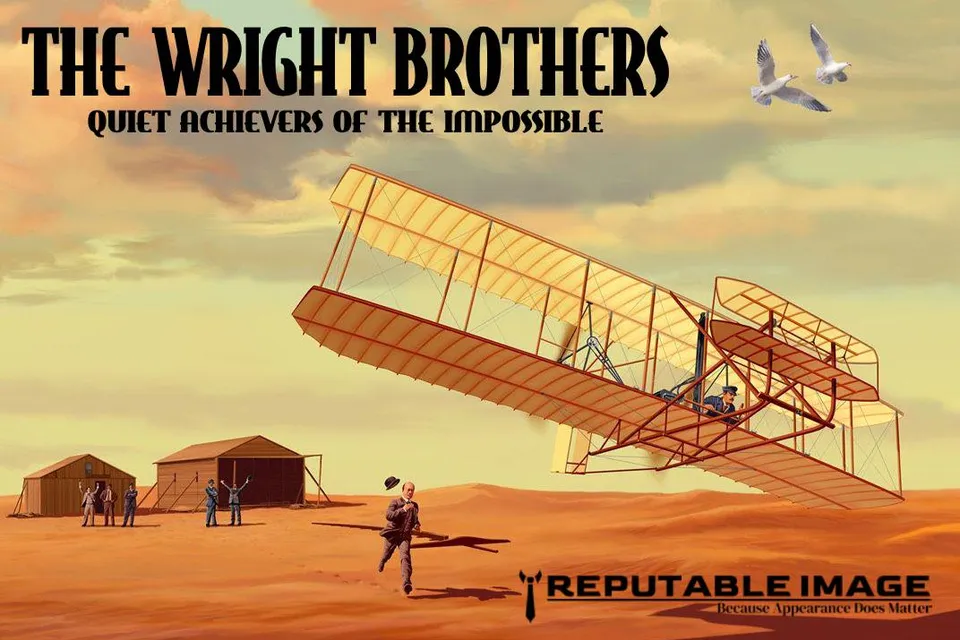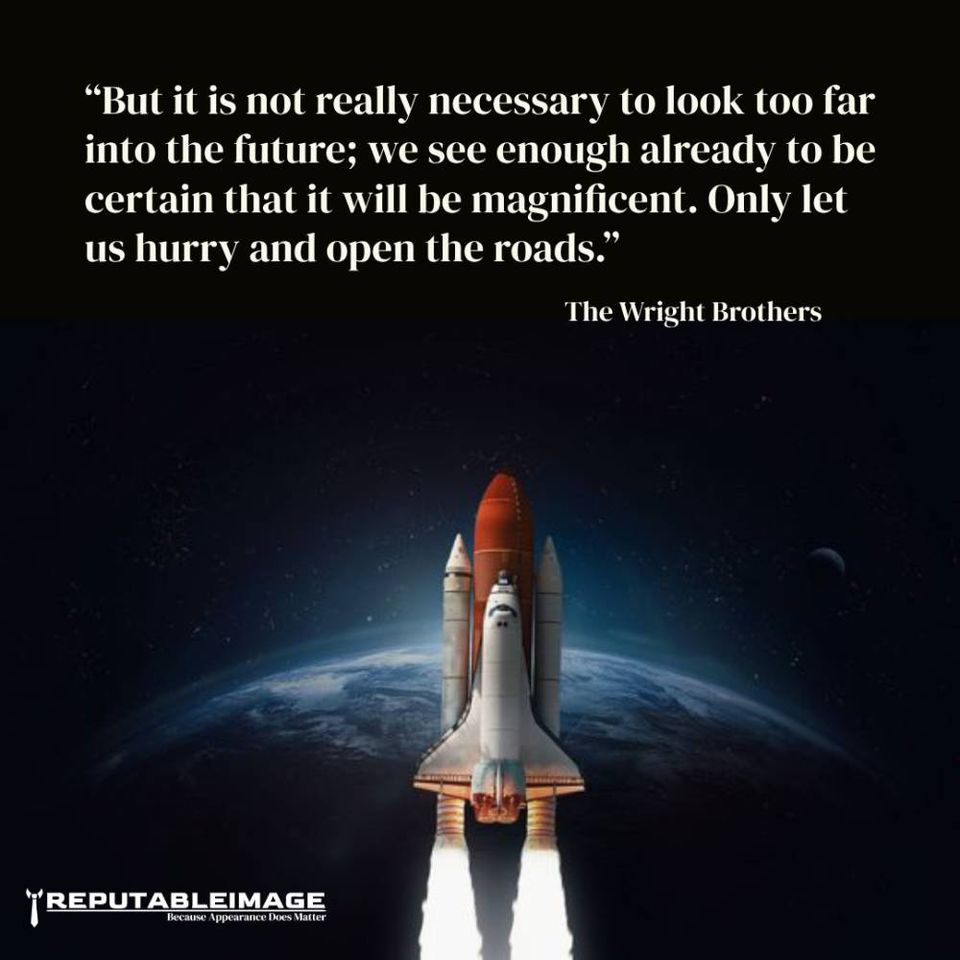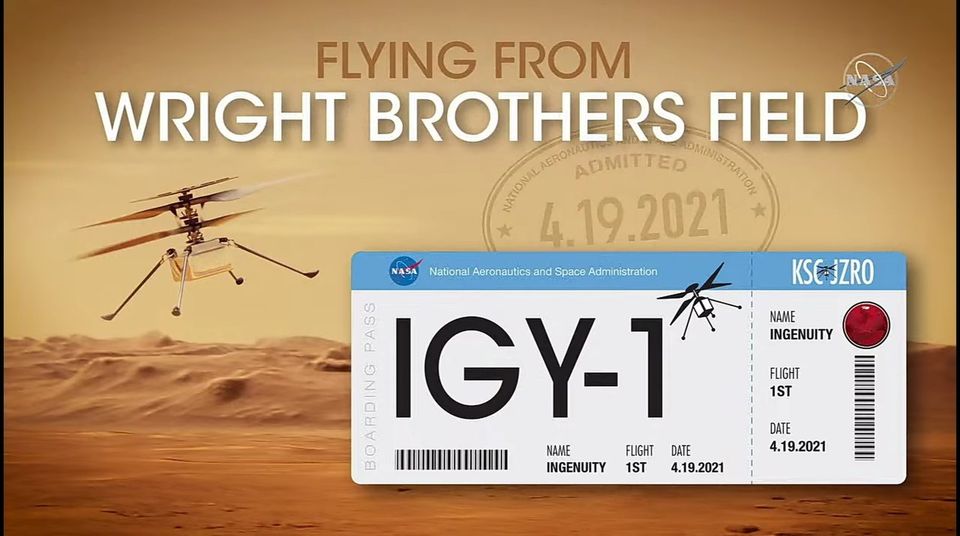
The Wright Brothers: Quiet Achievers of the Impossible
Who were the Wright Brothers? Just a couple of brothers born in Indiana, who owned a bicycle store and workshop in Dayton, Ohio, and nothing more than that before being famous. And yet when Neil Armstrong landed on the Moon, in 1969, he carried a piece of their property. It was a fair homage since it would have been impossible for NASA to land on the moon if it hadn’t been for Orville and Wilbur Wright.
In 1903, they achieved the impossible: flying using a controlled, heavier-than-air machine. How? What turned two humble bicycle builders into the conquerors of one of the oldest dreams of mankind? And what can we learn from them as entrepreneurs?
Define your Idea in Clear Terms
The Wright Brothers were not academics; they weren't rich either. They were country folk, school dropouts, and had six other siblings to take care of and protect. But they had an idea, an idea they knew was worth fighting for. At the time, others shared the same goal they had and were better funded, or better prepared than the Wright brothers. But nobody had the brothers’ idea.
The goal was to make a flying machine that man could fully control. Learning from the work of German aviation pioneer Otto Lilienthal, they realized the importance of test flights and took the first steps towards conquering their dream by mastering piloting, instead of just jumping into the air hoping for the best. Through observation, they noticed how birds used their wings and tails to steer their bodies through the air. Eureka! They just needed to find a way to make a flying machine do just that.
Keep your Goal in Front of you
Otto Lilienthal and other aviation pioneers had already done a great job at figuring out the math needed to design a glider, so the brothers put their numbers to good use, and started working on kites first. Once they tested the flight principle they had come up with, the brothers added a control mechanism to a small glider, which through constant testing kept growing in size with each iteration, until their 1902 glider was capable of holding a full-grown man in the air. By then, they had already found the components they needed to make their machine fly: a front wing taken from a glider called a “canard”, a biplane structure, and a back rudder, added after Wilbur almost killed himself in a crash.

Take your Time
Every month the Wright brothers’ contemporaries made the headlines: Samuel Adler was working on a man-carrying version of his steam-powered flying machine. Samuel Langley was funded by the US Army to build them a flight machine. While all of that was happening, the Wrights kept working quietly on their workshop. They weren't ready. While they ruthlessly corrected the failures on their machine, they tasked their brilliant mechanic, Charlie Taylor, to build them an engine. They didn’t do this to win the race of creating a flying machine. That was not the point. They were making an engine tailored to their own needs, like everything else on their project. Once they attached their custom-made engine to their latest glider, their flight machine, dubbed the Flyer, was ready.
Give it a Try
That memorable day of 1903 at Kitty Hawk, NC, was not only a triumph of determination and hard work. It was also the result of a deeply held faith in themselves, and ultimately, old-school courage. Many had died or had been severely injured attempting to fly. The Flyer the brothers had created was pretty much untested. They didn't know beforehand what the outcome of their hard work would be. Many had died trying to invent flying machines in the past. In the end, it came down to a leap of faith. One they were willing to take.

Be Ready to Fight
Their success and recognition didn't come after their first successful flight, or even after many more. In fact, their achievement was nearly unnoticed by all, even their contemporaries. And once it became known, it was bitterly contested. Even when they loathed the press and the limelight, they were forced to defend their achievement from their critics by organizing interviews and flying exhibitions. However, the institutions and the competitors remained unfazed. Once their company, the Wright Aircraft Co., was instituted, a long legal battle ensued. They ended up coming out on top, but it took many more months of hard work and constant struggle.

In the end, the Wright Brothers not only completed a monumental achievement in flight control and the practical invention of the airplane. They also became an example of perseverance and accomplishment in the face of adversity. Their feat in aviation history was matched only when in 2021, Ingenuity, a tiny helicopter, still using their principles of flight control, took off from the red, arid surface of Wright Brothers Field, on Mars.
In Conclusion
So how can you apply this to your business? Let’s recap on what the Wright Brothers did:
• They defined their idea in clear terms: Just like the Wright brothers decided that they wanted their invention to fly like a bird, define clearly what it is that you want your business to do. What is your ultimate goal? Without one, you’re aimless and less likely to succeed.
• They kept their goal in front of them: the Wright brothers never did anything that didn’t directly take them closer to their goal. Keep your goals in sight, organize them into small achievable routine tasks and don’t lose focus.
• They took their time: Your competitors might get all the attention and it might seem like they’re leaving you behind, but when you have a clear goal, you know the reward will be worthwhile.
• They gave it a try: The Wright brothers were willing to take that leap of faith. Be willing to take risks.
• They were ready to fight: don’t expect the world to immediately acknowledge your feats. Be ready to stand your ground against critics, and keep proving your worth over and over like the brothers did.

